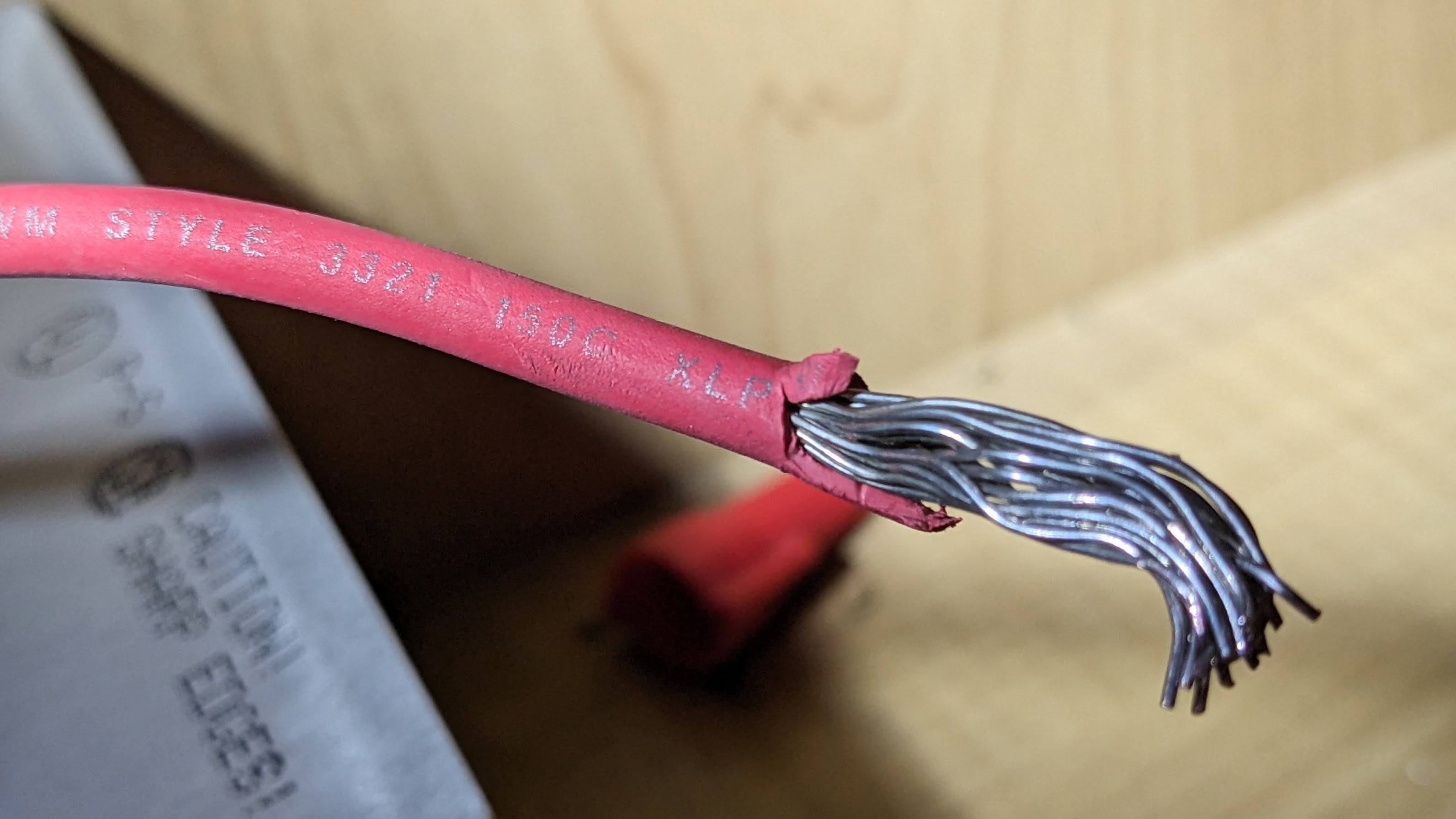While installing a new GE wall oven, I noticed that the appliance's power conduit uses aluminum conductors, while my house uses copper throughout (including this 240v drop for the oven.) This caught me by surprise, since the old oven (also a GE model) had copper conductors.
This tickled some latent memory in my head about this being problematic, and Google has confirmed. (Something about galvanic corrosion, leading to sparks and fires?)
I guess my questions are:
- Why would GE do this in a newer model? My experience is that (in Texas) modern residential construction uses copper. (This house is 2008.)
- What, in 2024, is considered the best way to make this connection?
EDITS (in response to comments):
- I'm replacing my original photo with a better one, showing the markings "STYLE 3321" (which I now believe to indicate "fully annealed tinned copper")
- The GE model number (as requested) is PT7800SHASS
- The instruction manual has this warning:
Improper connection of aluminum house wiring to copper leads can result in an electrical hazard or fire
If GE had actually used aluminum for these leads, then I'd have expected the exact opposite wording in the above warning.
So... I may have now answered my own question as a result of the commentary, but I still invite an official answer for posterity.



